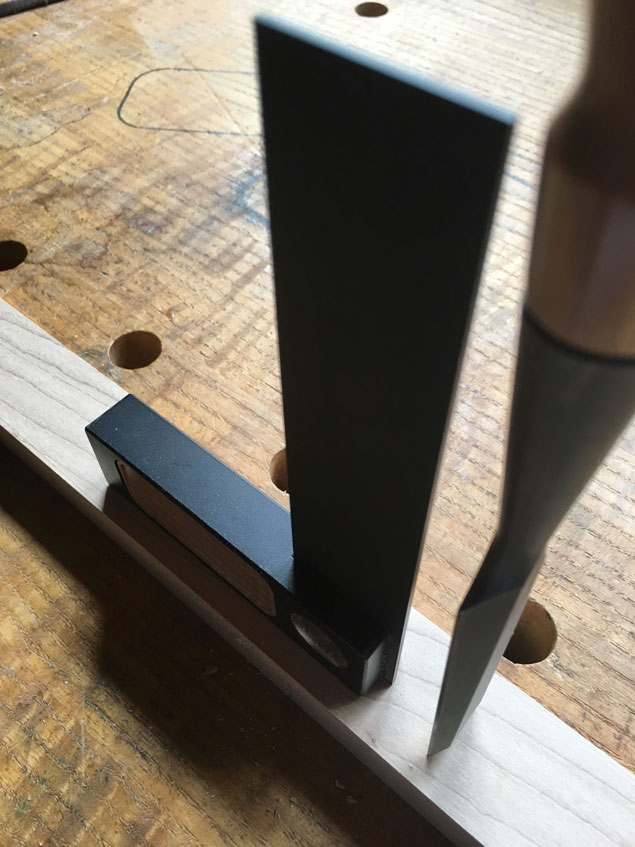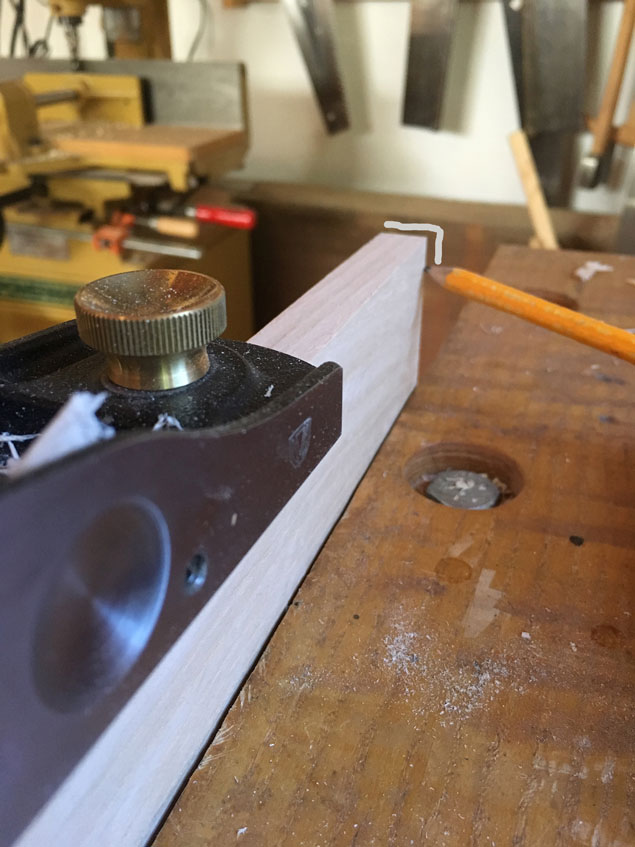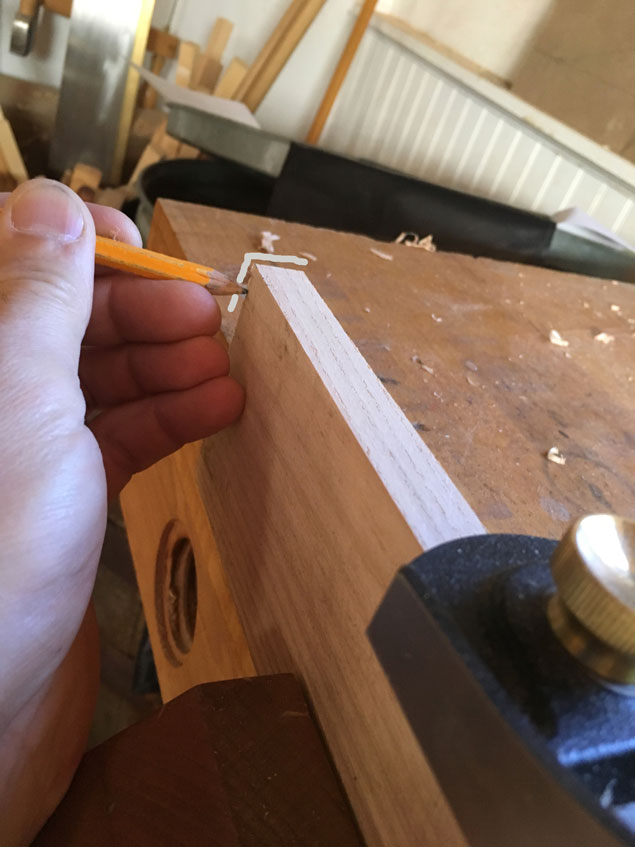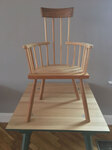We may receive a commission when you use our affiliate links. However, this does not impact our recommendations.
One of the great things about handwork is that 90° is not the most critical angle. While absolute 90° is a holy setting on machinery, 87° or 93° is just as easy to cut with a handsaw, plane or chisel.
And so sometimes hand-tool users (myself included) denigrate absolute 90° as something reserved for beginners, Arts & Crafts enthusiasts and machinists.
After years of working by both hand and machine, I have a somewhat balanced view. Gravity is our friend and foe in the workshop. Drop a chisel (or 12” jointer) off a building and it will travel at a perfect 90° to the ground every time. Clearly, 90° cannot be ignored.
The trick is to understand when 90° has to be obeyed and how to do it. Both of these tasks are difficult and mushy.
When you cut mortise walls and tenon cheeks, there are times you can undercut your surfaces and end up with a serviceable joint, but having 90° surfaces is always always better. Same with dovetails. While the floors of your tailboard and pinboard can be undercut, the superior joint has dead 90° surfaces on the baselines.
Bottom line: When I’m in a hurry, I’ll undercut a joint by a degree or two to ensure things will go together. Chances are that an undercut joint will outlast me with no problem (undercut joints have survived hundreds of years). But when I’m calm, focused and intent on doing my best work, I strive for the perfect 90°.
The question then is how does one do this? By training yourself to see and feel 90°. This takes some time and conscious effort but pays off. For me, it involved adding a brief step to every handwork operation – chiseling, planing, boring, sawing.
When chopping, for example, I place my chisel’s edge on the work, adjust its handle so I have a clear strike and raise the mallet. Before bringing down the mallet, I eye the angle between the work and the back of the chisel intently and ask: Is it 90°? It’s just one moment of complete focus on one question. If the answer is yes, I strike the handle. If not, I take a breath and adjust the tool and ask the question again.
I do the same thing when sawing, planing and boring.
When sawing, I examine the angle between the sawplate and work.
When planing, I actually examine the far edge of the surface I’m planing and the angles created by the adjacent faces. Are the corners dead 90°? If so, the surface being planed is square to its adjacent faces. If not, the surface is not 90° to its adjacent faces. I need to shift the plane left or right to correct the surface.
When boring, I look in two axes – both have to be 90° before I proceed.
This extra second of concentration and confirmation seems like it might slow you down. I have found the opposite is true. I am much less likely to take a wrong stroke that has to be corrected somehow. As a wise man once said: Go slower; it’s faster.
— Christopher Schwarz
Here are some supplies and tools we find essential in our everyday work around the shop. We may receive a commission from sales referred by our links; however, we have carefully selected these products for their usefulness and quality.












When building the dedicated panel raising plane that was featured in the Aug. 2013 issue of PWM by Bill Anderson (I think that was the issue) the 90 deg. angle was truly a rare animal. Once the 90 deg relationships of the body was made, I don’t think that it was until I got to the back edge of the wedge until my 90 deg friend showed up again and it seemed like a breath of fresh air after dealing with all of the other angles.
You talk about under cutting an off angle being acceptable if the cut won’t show. However there is the other 90 degree angle that must be correct. When sawing the saw can sometimes be tilted, not vertical, but you must still be perpendicular to the edge of the board. If one is bothering to be correct in one axis why not both?
I am making decorative boxes and getting the sides to be as close to 90 degrees as I can is critical. My go-to tool is a flat board with two walls that don’t quite meet but are at an accurate 90 degrees to each other. When I glue up the box forcing a corner into this jig and clamping the sides against the two walls makes all the other corners square. By taking care making the jig as accurate as I could I save time and effort getting 90 degrees correctly every future time I make something.
One of my favorite woodworkers had a favorite saying, “Square’s an enigma!” He was not wrong just frustrated by how easy it was to miss the hallowed 90 degree angle. He cut his teeth on watercraft and never worried about it until he transitioned into cabinetmaking and finish carpentry. Another takeaway I received from him was the certainty that if a pure right angle exists in a house, it’s a happy accident. Unless it was supposed to be otherwise. Then it’s business as usual. LOL
I always have a mini square on hand when making a hand tool cut. I’ve been woodworking most of my life- I still have off days. My mental game goes like this… I place the work in the vice for example- set the saw and ask- is that dead 90º ? Then place the square. Sometimes it’s 90º sometimes 88º or 92º and other times much more ridiculous. I blame my off days on the fact that I sometimes drink 9 cups of coffee before I head to the shop. The point is that I always “think” I’m dead perfect… then I check and make it so.